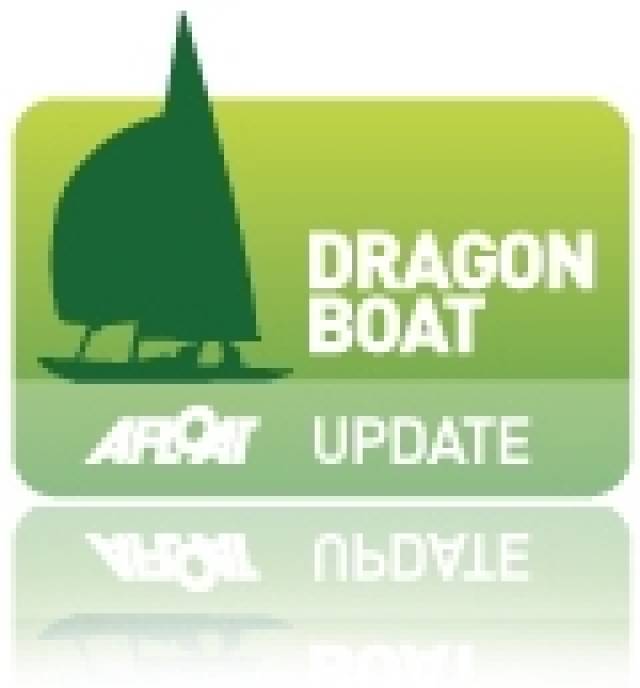Good breeze on the first two days, light air on the third and not enough wind on the fourth: the 58 Dragons participating to the Régates Royales – Trophée Panerai profited from excellent conditions for the event opening, and namely the Irish crew skippered Martin Byrne on Jaguar-Bear who scored two wins whils race favourite and 2010 champion Anatoly Loginov from Russia on Annapurna, did not show the same consistency and strength he's known for.
Still, it's on the second day that the ranking becomes more definite as the Danish class master Poul-Richard Hoj-Jensen on Danish Blue bounced back as did Italian Giuseppe Duca on Cloud, despite a a black flag disqualification on race 3. And, Thursday, when just one race could be sailed due to the extremely light wind, the skipper from Venice together with French sailors Jean-Sébastien Ponce and Guillaume Bérenger scored a win that proved to be crucial to obtain is first ever title at the Régates Royales. Danish Blue's skipper and multiple Olympic medallist Poul-Richard Hoj-Jensen with Theis Palm and Mick Jensen jumps on the second step of the podium, whilst Russians Anatoly Loginov, Andrey Kirilyuk and Alexander Shalagin on Annapurna are distanced by a single point and finish third.
Dubliner Martin Byrne, with Brian Mathews and Pedro Andrade on Jaguar-Bear who started the series brilliantly, had a bad second day and slipped back in fourth. Interestingly enough on a total of six races, victory went to five different crews: Martin Byrne, British Ivan Bradbury on Blue Haze, French Joseph Varoqui on Rusalka, Danish Peter Warrer on Lil and Giuseppe Duca. And in the top ten spots of the overall ranking no less than eight countries are represented: Italy, the UK, Russia, Ireland, Denmark, Germany, France and Finland.































































